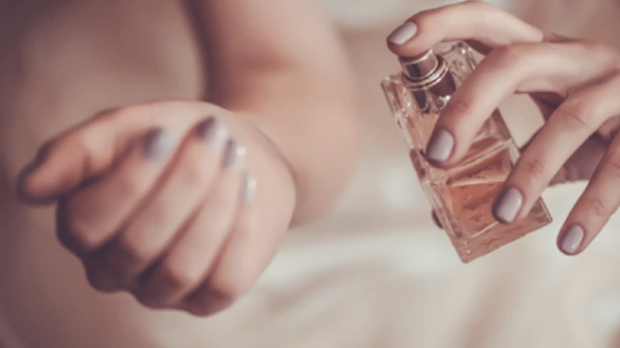If you’re going to splash out on an expensive bottle of perfume, there’s two things you need to know.
How to make it last longer, and what’s the best way to store it.
And right now, when you can’t easily pop out to buy another bottle, the answers to these questions are all the more important…
Here, perfume expert, Jonny Webber, from PerfumeDirect.com shares his tips.
1. Store perfume in a dark place – not on ‘display’
Gorgeous bottles can help lure us into buying certain perfumes, and the temptation is to display these on a shelf, drawer top, worse still a windowsill.
But exposing perfume to light and frequently altering temperatures is a sure fire way for them to lose their original aroma.
Keeping perfume in a cupboard, drawer or wardrobe will keep exposure to light to a minimum and help to keep it in its original state for longer.
2. Keep it cool
Perfume doesn’t like going from hot to cold and vice versa and temperature fluctuations can alter the physical properties of a perfume’s ingredients.
Humid environments like bathrooms, and hot, centrally-heated bedrooms are the worst places to store scents.
Keeping bottles of perfume at a consistent temperature of between 60 and 70 degrees is the best option. Perfume can also be kept in a fridge – just like you would store a fine wine or bottle of bubbly.
3. Avoiding oxygen
A perfume won’t begin to ‘age’ until it has been sprayed at least once.
It’s the introduction of oxygen that begins the oxidation process – much like when foods are opened from airtight containers.
Keep bottles unopened until you’re ready to use them every day, or once opened and used, make sure you keep the lid on the bottle to help to seal it.
In general, perfume should be used fairly quickly after being opened as half- empty bottles leave room for oxygen to break down the scent.
Mr Webber, said: “If stored correctly, using our three top tips, perfume can last for two or even three years once opened.”
A survey, conducted by his firm, found most people on average, have two bottles of open perfume at a time – one for everyday and one for going out.
To make perfume last longer on the skin, spritz both wrists lightly and let the liquid sink in.
Don’t be tempted to rub your wrists together as this heats up the skin which naturally changes the aroma of the scent and decreases its longevity.
Apply to pulse points on the neck and inner elbows for additional perfume power.
